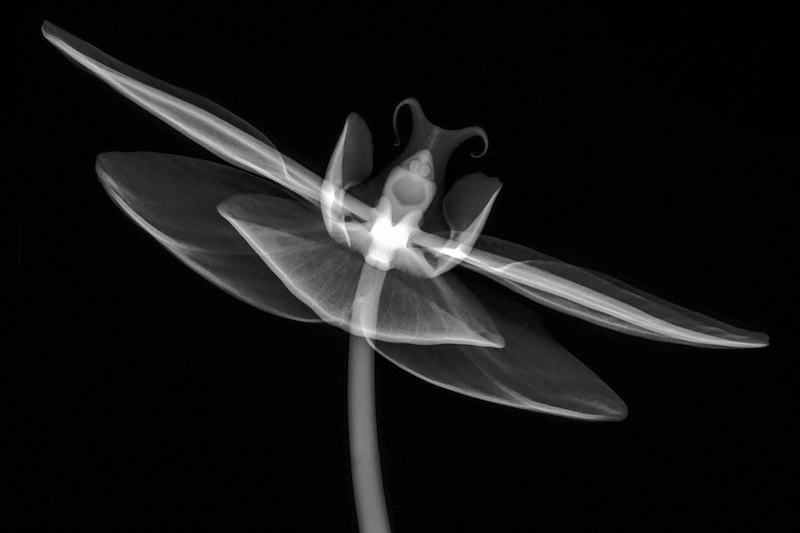Medically Unexplained Symptoms (2/4): The Sensory-Motor System
-
-
Helen Payne
NHS treatments for medically unexplained symptoms tend to focus on either the physical or the psychological aspect. This has led Professor Helen Payne, one of the leaders in embodied psychotherapy, to devise the BodyMind Approach, which uses creative expression to help people listen to their body’s signals and self-manage symptoms. In the second of four blogs, she explains how unconscious physiological habits can become stuck in the sensory-motor system.

Medically unexplained symptoms (MUS) such as fibromyalgia, IBS, back pain, headaches and chronic fatigue present in 25 per cent of patients in primary care and about 50 per cent of those in secondary care. Common throughout the world in all age groups, they can cause severe disability comparable with that originating from organic causes. Symptoms are persistent, and there are often more than one. They are very difficult to manage due to this diversity, and because a diagnosis is not forthcoming despite numerous tests and scans. People with MUS live with uncertainty, and frequently feel that they are not being taken seriously.
The sensory experience of the symptom
When we become aware of any sensation in our body, brain mechanisms kick in. Using this knowledge, people with unexplained bodily symptoms can be supported. Symptoms usually have an intrinsic sensory communication. In working towards adapting the sensory-motor functions, what Rouhianien calls the ‘psycho-physical integration and functioning of the individual’ may be changed.
Kinaesthetic-sensory awareness can be developed further through movement exploration. Todd, writing in the field of dance in the 1930s, wrote about the unconsciousness of most small movements in posture and locomotion: ‘it is possible to bring the organic impressions and resulting movements into consciousness and thus to control the adjustments’ (in The Thinking Body). In the fields of dance and somatic or dance movement therapies, authors such as Hanna, Sweigard and Laban promoted co-ordination, efficiency of movement, recovery from injury, physical expression, spatial awareness, and refining sensory (proprioceptive) experience. Consciously learning from our sensory-motor system can also be used to ‘move’ emotional and spiritual energies to promote deep embodied change.
The sensory-motor system
When our wellbeing is threatened, the neuromuscular protective responses act on our body in a reflexive, automatic, unconscious way. The protection instigated can frequently be a tightening up of muscles ready for flight or fight, or a releasing of them for faint or fold. These get stuck as habitual postures and/or a specific movement repertoire, depending on our emotional state – for example, high tonus in anxiety or low muscular tonus as in depressive states. Sometimes the imbalance in physical reflex and habits can lead to chronic pain, which may be the result of being distracted from listening to, and acting on, bodily signals.
Over time, these involuntary, unconscious physiological habits can become stuck in the sensory-motor system. Consequently, there is a limited movement range (lethargy, fatigue, and/or chronic pain). This limited movement can reduce the person’s activity iteratively. Injury, illness, trauma and under or over-use of the body can lead to repeated triggered muscular reflexes to stress, creating characteristic pain from muscular contractions, digestive problems, fatigue etc.
The threat reflex can begin by being overly stressed, or under chronic emotional strain over time. The symptom is medically unexplained as tests and scans all return as normal. This unexplained symptom may have begun for a healthy reason in response to a threat. But because it was never fully resolved, it may be that the symptom becomes embedded and embodied in the sensory-motor system.
Movement patterns are largely unconscious. But by practicing new movements that interfere with the engrained patterns, and release energy to create new patterns, we can stimulate an awareness of the most dysfunctional habits. This learning is not intellectual but explorative of the inner sensory world. It comes through physical expression, with an inward focus/closed eyes, so it is felt from within.
The power of movement exploration
Mindful, exploratory movement, as found in The Discipline of Authentic Movement, can help with making new body with mind connections, re-establishing balance and harmonious functioning. This alternative way of knowing through somatic practice increases awareness arising from the felt experience, stimulating change of previous experiences. All bodily systems are accessible through movement exploration: skeletal, endocrine, nervous, respiratory, circulatory, lymphatic, muscular and fascial tissue, fat and skin, cerebrospinal fluid, and even cellular motion has its own expressive behaviour. This, in turn, can affect the brain, which receives sensory information from body systems such as the vestibular, visceral and proprioceptive (See Peter Levine’s work on trauma).
Discovering the Body’s Wisdom, Knaster, describes how disembodiment can occur due to experiences such as ‘abuse, dissociation, seeing the body as shameful, powerlessness, physical and emotional reactions to stress, trauma from accidents, war, death and loss’. The BodyMind Approach® works directly with the body experientially, to help people suffering medically unexplained symptoms learn how to come into embodiment.